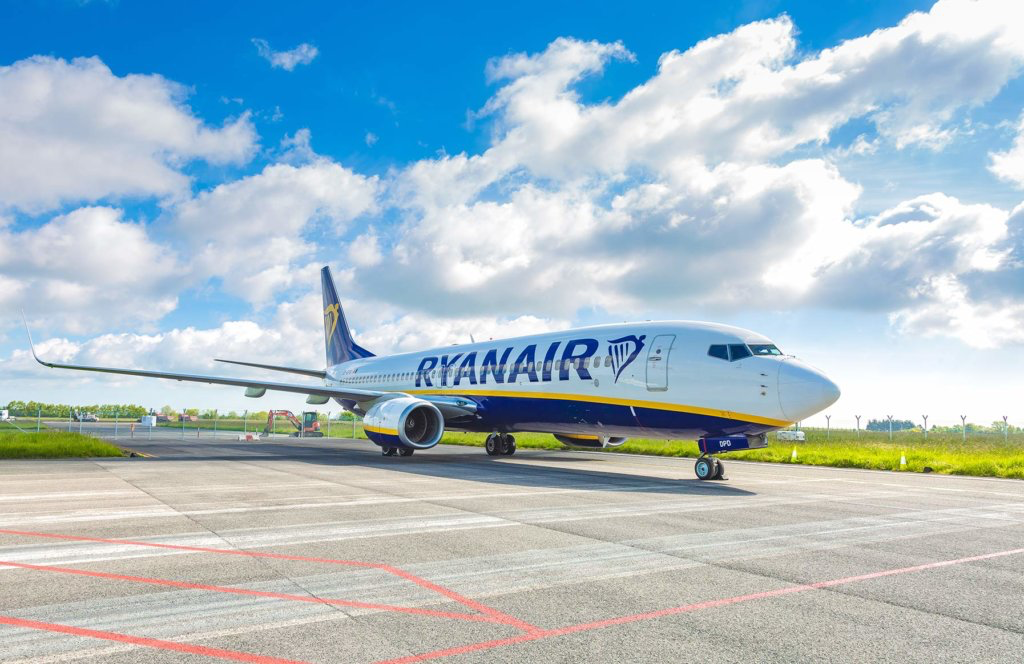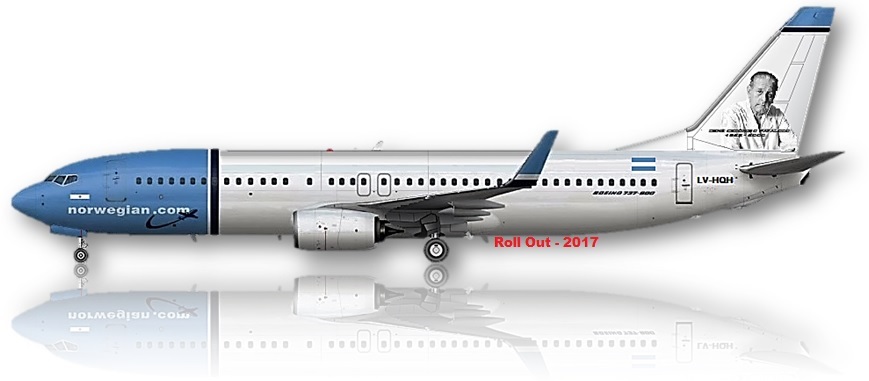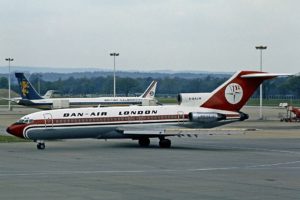80,000 Seats, Fares From Just £9.99, Over 530 Routes
Ryanair (LSE: RYA.L), Europe’s No. 1 airline, today (5th Oct) launched a sizzling Winter Sun seat sale, with over 530 routes to choose from across the Ryanair network. With fares available from just £9.99 across 80,000 seats this November and December, it’s the perfect time to bag a bargain sunny getaway to the beach this winter.
British families, friends and couples can choose from a range of favourite winter sun destinations this November and December from only £9.99. To avail of these great low fares, customers must act fast and visit the Ryanair.com website to book their flights before midnight, 14th November 2021.
Top destinations for Irish winter sunseekers include:
- Faro: Renowned for its stunning coastline, dream golf courses, wellness retreats and dreamy beaches – not to mention delicious seafood within its quaint fishing villages – the Algarve is a firm year-round favourite, with Irish holidaymakers returning to the likes of Albufeira, Faro, Quinta do Lago, Lagos and Vilamoura year after year. Winter temperatures remain around 18°/ 20°- making it the perfect escape from the Irish winter and ideal for visiting with young children.
- Lanzarote: Known for its year round warm weather – this gem is a must-visit winter destination with an array of popular destinations including Puerto Del Carmen, Costa Teguise and Playa Blanca. Visit Timanfaya National Park or enjoy activities in Playa de Papagayo – an untouched beach with crystal clear waters – perfect for snorkelling, diving or just soaking up the sun with family and friends this winter.
- Malaga: A winter visit to Spain’s south coast is always a good idea. Perfectly encapsulating the traditions of Spain with its gothic architecture, small winding streets and a wonderful foodie culture – Malaga is a must-visit. With winter temperatures averaging 18° / 19°- visitors can expect to enjoy delicious authentic tapas and seafood al fresco on a sunny afternoon.
- Tenerife: Renowned for its diverse volcanic landscapes, pine forests and green valleys with stunning views across numerous hiking routes and winter temperatures of 21° – Tenerife is the perfect winter getaway for family and friends looking to explore the volcanic areas on the slopes of the highest peak in Spain or relax and take in the sun on one of the many beaches on the island.





